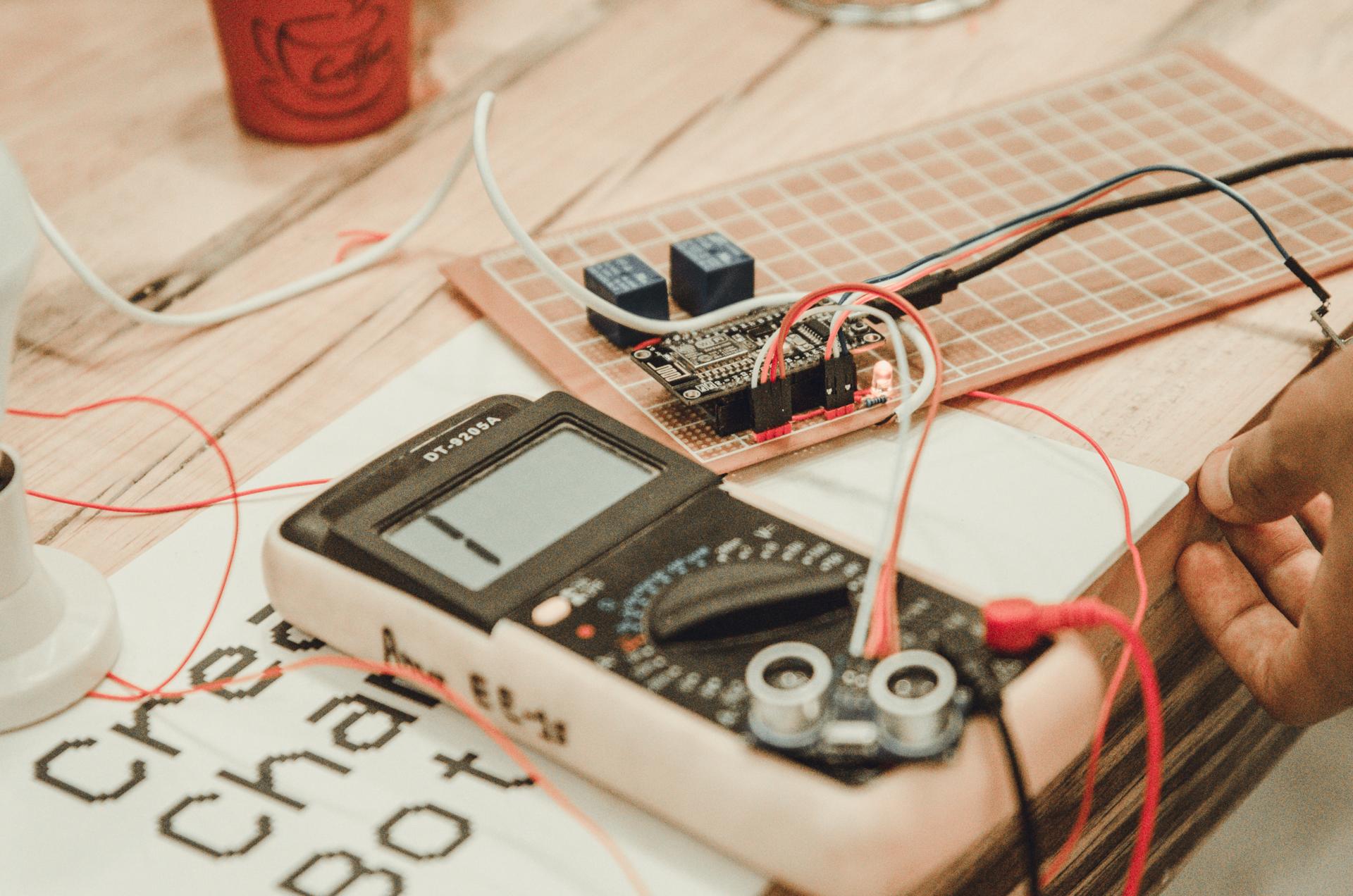Don't Risk Your Security: Here's How to Perform an Electric Safety Test at Home.

When it comes to security in your home one of the most important areas to think about is electrical safety. Testing for electrical safety is the procedure of testing the electrical system in your home to be sure that it is safe and in compliance with the latest standards. In this article we’ll give you information on what electrical safety testing are, what tools you’ll need to conduct them, how to carry out the tests and what warning signs you should be on the lookout for.
What’s the definition of an Electrical Safety Test?
An electrical safety test is the process of checking the electrical system inside your home to verify that it is safe and working in a proper manner. Electrical safety tests are important because they can help avoid electrical fires and accidents, and ensure the longevity of your electrical system.
Tools Required for an Electrical Safety Test
For conducting an electrical safety check, you’ll need some essential equipment. They include a voltage tester, a continuity tester, circuit tester and outlets tester. A voltage tester can look for live circuits while the continuity tester looks for circuits that are damaged. The circuit tester is used to look for wiring issues, and outlets testers are utilized to identify wiring issues at the outlets. It is essential to utilize these devices correctly to get exact results.
How do I Conduct an Electrical Safety Test
To perform an electrical safety test inside your home take these steps:
Shut off the power supply for the circuit that you’re testing.
Use the voltage tester to look for live circuits.
Utilize this continuity tester to look for damaged circuits.
Make use of the circuit tester to check for wiring faults.
Utilize the tester for outlets to find any wiring issues within the outlets.
During the process of testing, be sure to look for any signs of damage or wear on the wiring for example, frayed or broken wires, burn marks as well as loose or damaged connections. If you spot any problems you need to fix them as quickly as you can to prevent any potential dangers.
The Signs of Electrical Issues to Watch Out for
There are many warning signs that could indicate electrical issues in your home. These include flickering lights and frequent circuit breaker trips, buzzing or crackling sounds emanating from outlets, the appearance of outlets that are discolored or hot, and a burning smell. If you observe any of these indications, you should get to work immediately to avoid potential electrical hazards.
Conclusion
Safety tests for electrical appliances are essential for ensuring the safety of your home and your family. By conducting regular tests and fixing any issues quickly, you can avoid potential dangers to your electrical system and prolong the lifespan of your electrical system. If you need help in electrical repairs or testing, don’t hesitate to contact Local Electrician Newtown. Our team of experts can offer you expert advice and support. Contact us via 1300 941 876 to schedule an appointment or request a quotation.
FAQ Section
When should I perform an electrical safety test in my home?
We suggest conducting safety tests for electrical equipment at least once a year.
Do I have the ability to conduct an electric safety check on my own or do I need the help of a specialist?
While you can perform tests for electrical safety yourself however, it’s advised to employ a professional to ensure accurate results and prevent potential hazards.
Are there any common electrical problems found during an electrical safety test?
The most frequently-repeated electrical issues that are discovered during a safety test are defective wiring, circuits that are overloaded and obsolete electrical systems.
What should I do if I find an issue in the electrical safety test?
If you spot a problem during the electrical safety test it is important to act immediately. This may include getting a professional electrician to resolve the issue or replacing the equipment that is malfunctioning.
